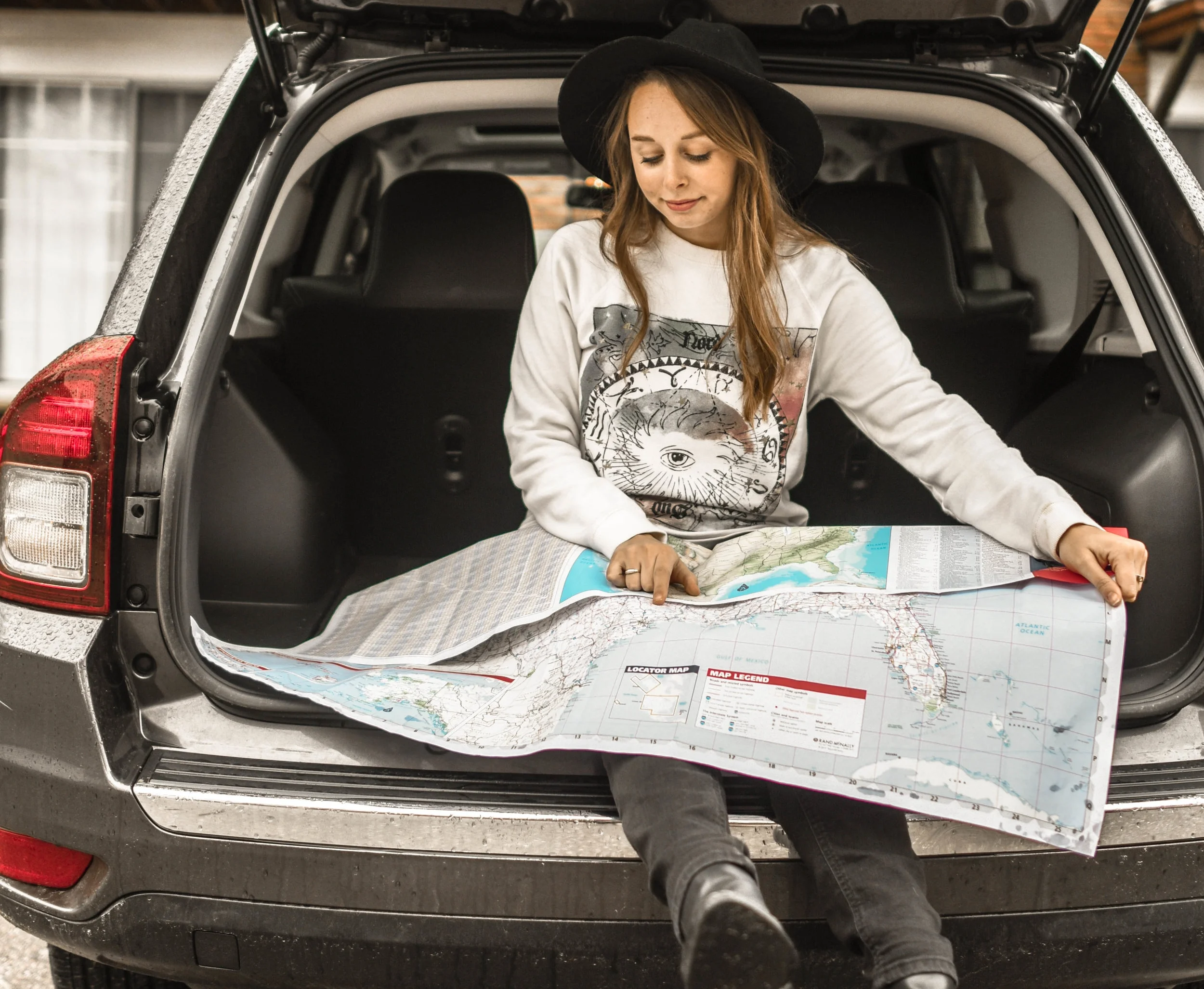Travel Platform ReImagined
INTRODUCTION
Recently I was booking a trip to Malta with a friend. My friend was located in the U.S. and me in London. We were using FaceTime to communicate while we planned the trip. We booked the flight relatively easily, but accommodation was another story. Trying to book on Airbnb was more difficult. As we both have different preferences we were both looking at different types of accommodations. We began sending each other url links via facebook messenger and before long I had a screen full of many different applications and webpage tabs.
This made me think why not design an accommodation platform that allows for remotely located individuals to plan trips together. For the purpose of this project I decided to design a platform for people looking to book holidays with friends remotely.
METHOD
2 Interviews with Domain Experts
Requirements Gathering
Design: Initial Sketches, Final Product: Low-Fidelity Wireframes
Interviews
Key Insights from Interviews:
Travellers like to compare options simultaneously.
Travellers do not like to be bombarded with too much information.
Travellers get frustrated if they cannot find the information they need.
Travellers want transparent pricing.
Travellers want to be able to easily send multiple recommendation to friends accompanying them on the trip.
Requirements
Design
1. The Home Page
This page illustrates the beginning of our user’s journey. On the home page our user is prompted with two questions: “where do you want to go” and “when do you want to go.” Starting with a geographical search enables the user to constrain the area of interest. The design guidelines considered are as follows:
The home page was intentionally designed with a minimal design. This allows the users to focus on their goals rather than the interface.
When entering data the designer wanted to make sure that is was a pleasant experience for the user. It was decided to limit the question to one field: “Where do you want to go?”
The designer followed traditional design principles. For example, making a button look like a button. These affordances help the user decipher and navigate the website without spending too much time learning the interface.
The designer also chose to use bounded controls to suggest to users possible answers. This prevents potential user error.
2. Search Results Page
The next page in our user’s journey is the search results page. Here is where the user is allowed to fine tune their results with the advance search options. Each result includes what was deemed as the most important information based on the interviews performed. The design shows clear transparent pricing with a toggle to display the price in the user’s desired format. Users are able to see the location on a map of the area. Users can add individual results to their personal list of accommodations to decide between. (This page can be seen in the next section.) The design guidelines considered are as follows:
I used bread crumbs along the top of the page to help ensure the users do not get lost.
Within the advanced search it was decided to use bounded controls that would help prevent user error. The chosen bounded controls include sliders, buttons, and checkboxes.
To avoid blank states the user journey starts with a search rather than the traveler’s blank list.
Affordances: Hyperlinks, are used for navigation. Underlined text indicates navigation to new content.
3. Remote User Group Curated List
The final step illustrated in the user journey is the curated list “my list.” This illustrates the main collaborative elements of the user journey. I focused on this page creating a design that would support the main goal of this project: supporting remote individuals planning a trip as a group.
On this page multiple users can be invited to join the group and contribute additional accommodation options. The use of a centralised list was based on the observation that when searching for accommodation my interviewees often used multiple tabs to keep track of potential accommodations. This can be problematic, if a tab is accidentally closed even advanced users can have problems re-accessing information online. I deemed it important for the accommodations to be grouped together on one page.
Users can also vote on accommodation by clicking a simple thumbs up or thumbs down option to indicate their preference. Adding simple thumbs up or down icons encourages group members to explore the options.
User’s are able to create digital selves and digital environments with observable states.
The designer added a messaging hub for places on which information converges. This was designed to follow existing mental models and provide a place for discussion.
To represent each user’s self and equip the representation with sufficient ‘cue opportunities’, each user’s name appeared as a different colour.
Conversation icons on the top left indicate a group member has posted a message. This was designed to aid the user’s situational awareness of the state of the system.
The designer added a number of affordances to help the usability of the system. Hyperlinks were used to indicate navigation, underlined text indicated navigation to new content. Also the use of arrows indicated interaction ability and additional pictures availability.
Throughout the design process the designer followed design best practices to help the user navigate and use the platform with ease.












